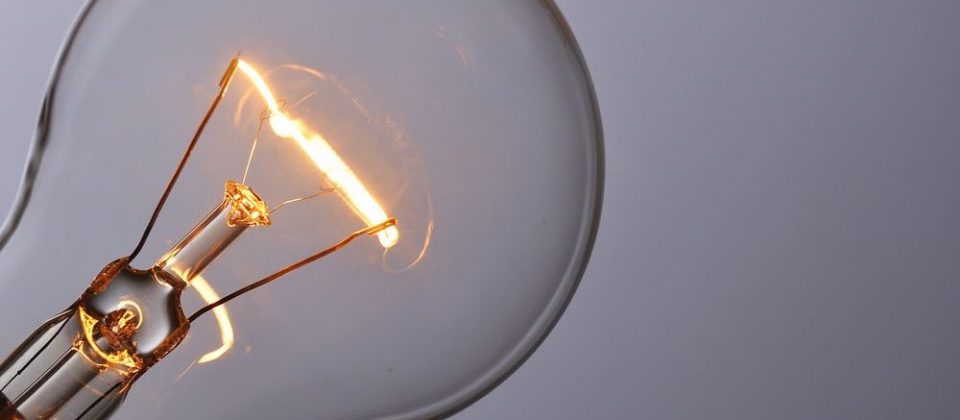
Make Your Own Edison Light Bulb
The World’s Fair is a famous international festival celebrating innovation and inventions. For five straight years starting in 1883, it was held in Louisville, KY. One of the greatest things that happened during those five years was when inventor Thomas Edison showed off his greatest invention yet: the incandescent light bulb. Edison displayed an installation of over 4,000 of the light bulbs we still use today.
Inspired by Edison, we’re going to make our own Edison light bulbs from scratch. Learn more about Kentucky in our USA Edition!
Make Your Own Edison Light Bulb
Materials
- Pie pan
- Pencil lead (.5 mm HB recommended)
- 8 “D” batteries
- Electrical Tape
- 2 alligator clips with wires attached
- Mason jar
- Toilet Paper Roll
Instructions
- Make one huge battery by connecting all 8 D batteries with the electrical tape. Place the negative side of one battery to the positive side of another and tape the batteries in place. Continue until you have one long strip.
- Stand the toilet paper roll in the middle of the pie pan. Tape the alligator clips to either side of the toilet paper roll.
- Gently place the ends of the pencil lead into the alligator clips so it’s positioned horizontally above the toilet paper role.
- Cover the toilet paper roll, alligator clips and lead with the Mason jar.
- Light your homemade bulb by touching the ends of the two wires to the ends of the long battery. Hold the wires in place and watch what happens.
Instantly, you’ll see the lead starting to light up and shine brightly, inside the jar, like a light bulb. Eventually you’ll see the lead burn out — this is exactly what happens when the light bulbs we use burn out.
What’s Happening?
When you attach the wires to the battery, you create what’s called a closed circuit. It’s pretty much an uninterrupted path for the flow of a current. The current here is the electricity provided by the batteries. The electricity passes through the wires and clips and heats up the pencil lead causing it to light up and shine brightly. Eventually you’ll see the lead burn out — this is exactly what happens when the light bulbs we use burn out.
